Samuel Butler and Photography: an introduction
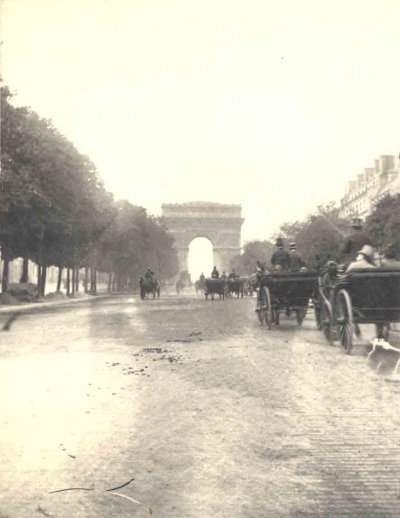
'Champs Elysees, June 5' (1892)
‘One’s thoughts fly so fast that one must shoot them; it is no use trying to put salt on their tails.’ -Samuel Butler, Notebooks
Photography in Britain began in 1835 – the year Samuel Butler was born – when William Henry Fox Talbot used a camera to produce the earliest surviving photographic negative. The first photographic prints on paper followed in 1840, and a series of experiments, improvements and refinements carried out across Europe in the mid-nineteenth century resulted in the rise of amateur photography from the 1880s onwards.
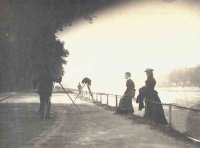
'Man photographing young woman. Kew', 12 May 1892
When Samuel Butler took up photography, then, it was a relatively new medium, and unlike painting it was free from expectations and conventions. This freedom, coupled with the ability to create images almost at the same speed as thoughts, suited Butler perfectly. He called his photographs ‘snap-shots’, a term that neatly sums up his informal attitude to the camera and its purpose. He had a unique way of viewing the details of everyday life that his better-known photographer-contemporaries, such as Zola and Strindberg, tended to overlook – making Butler’s images some of the earliest in the history of photography to capture real life as it unfolded, unselfconsciously, in the moment.
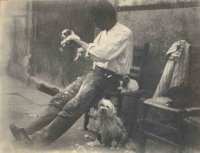
'Man shaving a poodle. Naples', 27 July 1894
Five of Samuel Butler’s photograph albums, dating from 1888 to 1899 and containing more than 1700 photographic prints, are in the collection at St John’s – along with 1600 of Butler’s original glass plate negatives, which have undergone conservation and digitisation in recent years. Many of the prints are labelled by hand, by Butler’s friend and photographic assistant, Alfred Cathie, and the titles that Cathie and Butler came up with often add a further dimension, and charm, to the images.
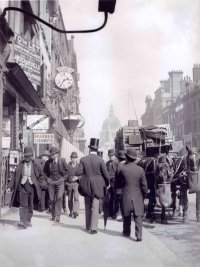
'Fleet Street', May 1889
As well as documenting the places Butler visited during the last decade of his life, the snap-shots reveal his deep interests. It was situations – not landscapes or architecture or portraits or artefacts, but the live relationships that existed between them – that most often caught Butler’s eye. In particular, the photographs demonstrate Butler’s fascination with people; a great number focus on individuals, absorbed in their work, engaged in conversation, or isolated and seemingly quiet within a bustling crowd. People on the margins of Victorian society always interested Butler, and some of his most striking and unique photographs reveal a tangible empathy for his subject. He also liked to photograph animals, understanding and revealing the roles they played in other people’s work and lives.
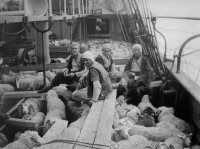
'Sheep on boat. Smyrna', 30 April 1895
The photographic collection offers insights into Butler’s literary works, too; particularly Ex Voto (his study in art history devoted to the Sacro Monte, or ‘New Jerusalem’, in Varallo Sesia, Italy) and The Authoress of the Odyssey, where he used photography innovatively to reproduce works of art that could illustrate his criticism and theories.
The collection also provides substantial material evidence of early amateur photographic techniques.
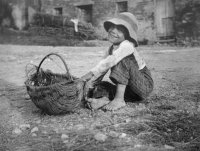
'Boy with basket on ground at Chiusure', 4 August 1889
A comprehensive catalogue of Samuel Butler’s photograph albums is available online. Cataloguing of the glass negatives is ongoing.
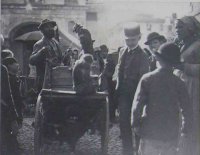
'Man with Monkey. Varallo', 7 September 1891
You can now view more than 200 of Butler's photographs using our digital resource, Butler on the Map, which is hosted on Historypin.
Shoreham-by-Sea's history portal also features photographs taken by Butler during a visit there in March 1891. Local historians have been able to identify locations and provide more information about the places featured in Butler's shots.
A creative writing activity ('Snapshot Stories') inspired by Samuel Butler's photographs is available to download from the Education page of this website.
Further reading suggestions: